Last updated on 2025-09-20
A review and photo examples of Kyocera / CONTAX G mount 16mm f/8.
- Please see the disclaimer regarding advertising here.
- Italicized links in the text are advertisement links that take you to other sites.
Table of contents
Gallery
- The sample photos were taken with an EPSON R-D1 and a LEICA M9.
Review

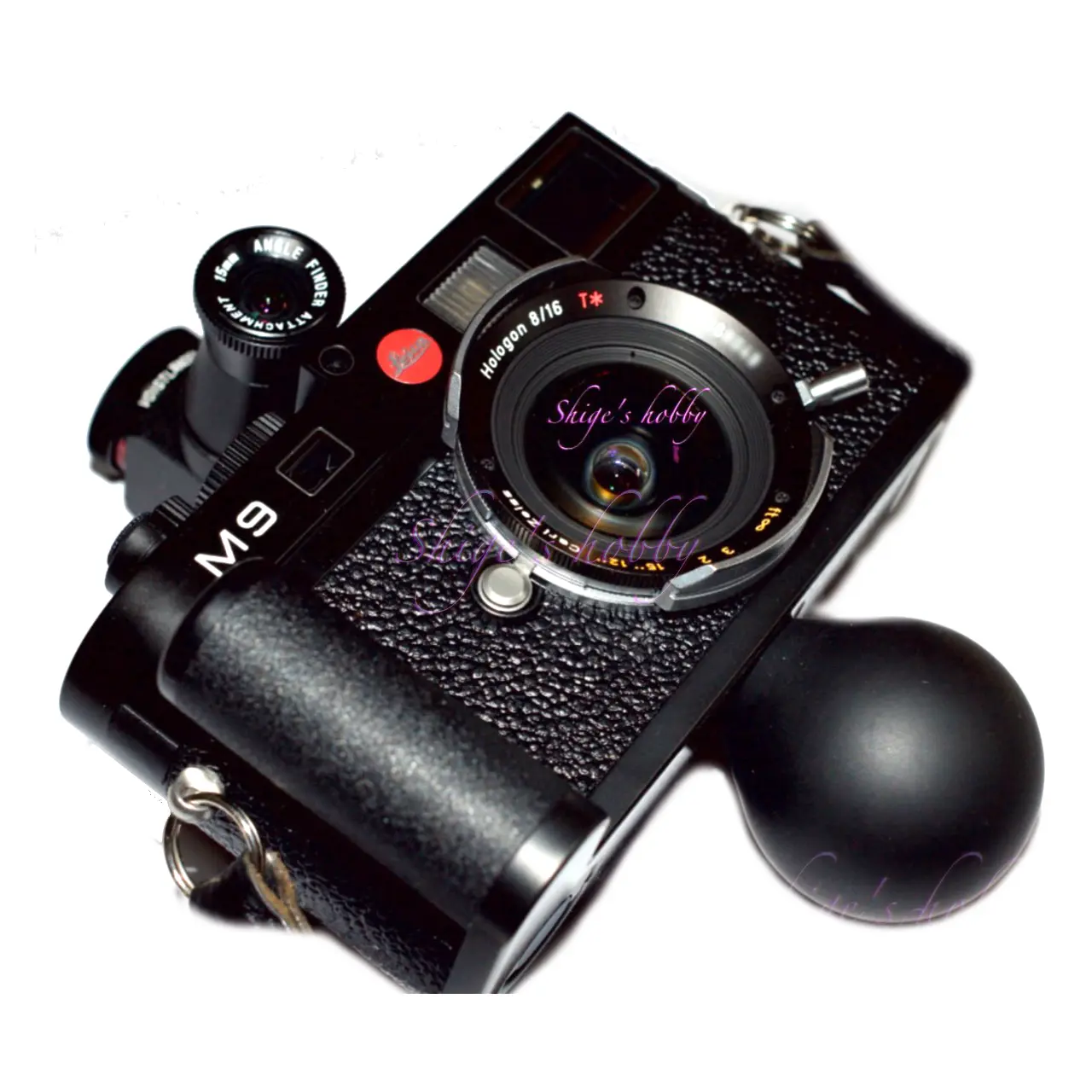
1.Overview
The Hologon 16mm is a manual focus lens that Kyocera released in 1994 along with the Contax G1.
We will introduce the lens that was modified for Leica M mount (rangefinder camera without rangefinder coupling) by Ms-optics (Miyazaki Optical).
Please refer to the link for lens specifications and reports on use with film.
2.Usability
This lens is a manual focus (MF) lens that is not compatible with the autofocus (AF) of the CONTX G series. Therefore, it is equipped with a focus lever on the lens barrel. For this reason, we often see lenses with a mount that has been changed to the Leica M mount, which has a similar flange focal distance.
| Lens mount | Flange back |
| Contax G | 29mm |
| LEICA M | 27.8mm |
The lens I own is a lens that was converted from G mount to M mount by Ms-optics (Miyazaki Optical).
The M mount lens conversion by Ms-optics (Miyazaki Optical) is characterized by linking with the rangefinder of Leica M type rangefinder cameras, but since there is no space in the lens mount, this lens only replaces the mount parts and does not link with the rangefinder of Leica M type rangefinder cameras.
Therefore, with the Leica M9 and EPSON R-D1, it is used by eye. If you are unsure about the focus, you can either shift the focus and take multiple pictures (focus bracketing), or check the preview and take the picture again.
Even though it is an F8 lens, the focus can be checked more precisely with a digital camera than with a film camera, so if you have a camera that can use live view, it is safe to use that.
Also, the Leica M9 sensor has a purple color cast on the periphery. You can either correct it with image correction software or discard the color and use it in monochrome.
With the Leica M9, I used a bottom grip to avoid my fingers appearing in the image when holding the camera. I also used a Voigtlander angle finder with a 15mm attachment to check the composition.
The Epson R-D1 has a small sensor size, and the peripheral areas are forcibly cut off, so color cast is not noticeable. Instead, the focal length is 16mm*1.5 in 35mm format, which is equivalent to a lens with a focal length of 24mm. To check the composition of the R-D1, I used an external 24mm or 25mm finder.
Out of curiosity, I attached it to the HASSELBLAD X2D and took a few photos, and was surprised that there was no color cast, even though the image circle was overwhelmingly insufficient. It seems like it would be quite practical under clear skies, so I would like to take it out from time to time. But it looks beautiful when attached to the X2D.
Because the rear element of this lens protrudes, one would think that it might get in the way of the Leica shutter membrane, but in my experience, I have had no problems with the digital M-mount cameras Epson R-D1, M8, M8.2, M9, and M typ240.
However, because the lens guard is located very close to the shutter membrane, there is a risk of an accident if the membrane bends or warps.
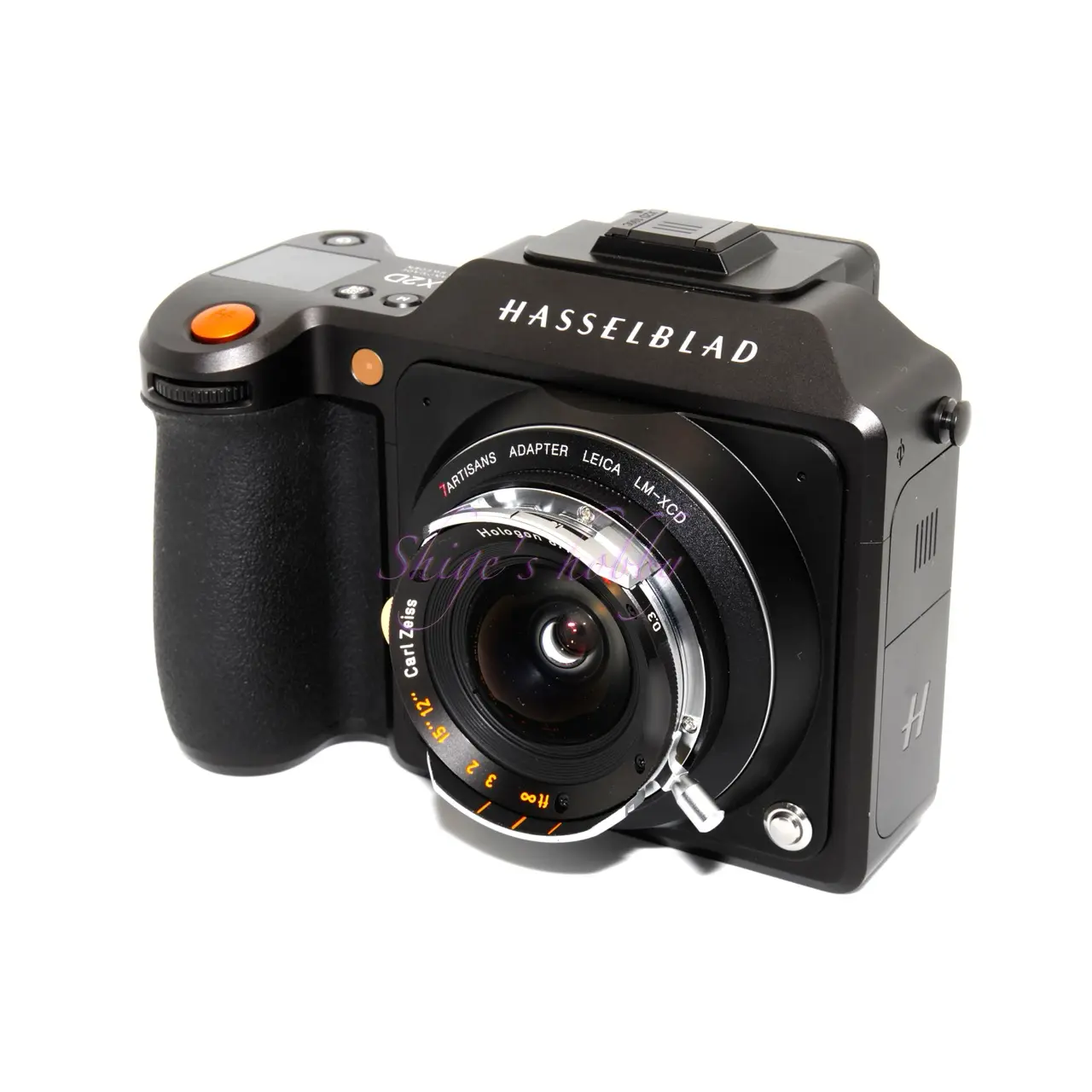
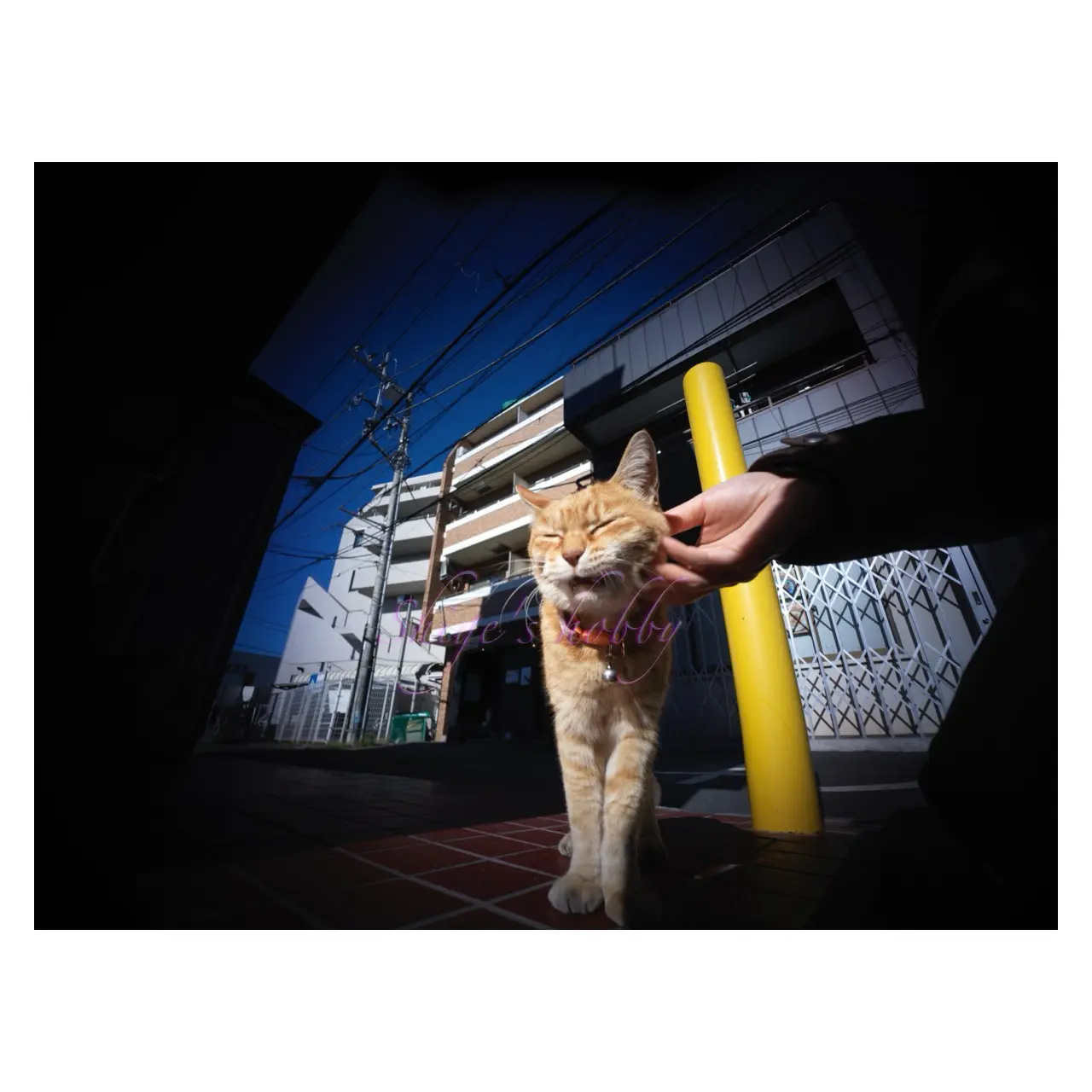
The lens has a fixed aperture of F8, which is dark, and has a large amount of vignetting. Therefore, unless you use an F-stop of F16 and a dedicated 4X gradation filter to suppress this, you will not be able to obtain an image with a good amount of light even at the periphery.
3.Summary
In conclusion, to sum up the HOLOGON 16mm M-mount modification, using an M-mount makes it easier to attach to a variety of cameras, making it more versatile than using a G-mount.
This thin, compact 16mm has no distortion, making it a good lens for broadening the range of expression.
However, since the rear lens is quite close to the film surface, if it cannot be attached to some cameras, automatic exposure may not be able to meter correctly, and it will be necessary to shoot with manual settings when using it. In the case of digital cameras, even if it can be attached to the camera, it may be difficult to use because there may be significant light reduction and color casts on the edges of the image.
Specification and Competitor
When I was holding the camera body normally and taking pictures, my fingers were often reflected in the edge of the shot. Especially with film cameras, the results can only be checked after development, so it is difficult to notice mistakes, so it is safe to use a bottom grip on the camera.
This lens has a very large and beautiful front lens, and even though it is not practical, I am satisfied just to look at it, and since I have a complete collection of modified G lenses, I keep it, although I use it very rarely.
On the used market, you can see both the original G mount and modified M mount.
I suspect that because it is not very practical, it is not sold, or the buyers sell it quickly.
I remember that I was able to buy my own unit for less than 100,000 yen used, since it was purchased during the film era. Including the cost of modifying the M mount, it would be about 100,000 yen, but currently it is sold for around 200,000 yen used, so the price seems to be high and stable.
Chinese companies have released a number of homages to lenses, but it is unlikely that they will reissue this lens due to low market demand, its large mass, and the fact that it would be difficult to process.
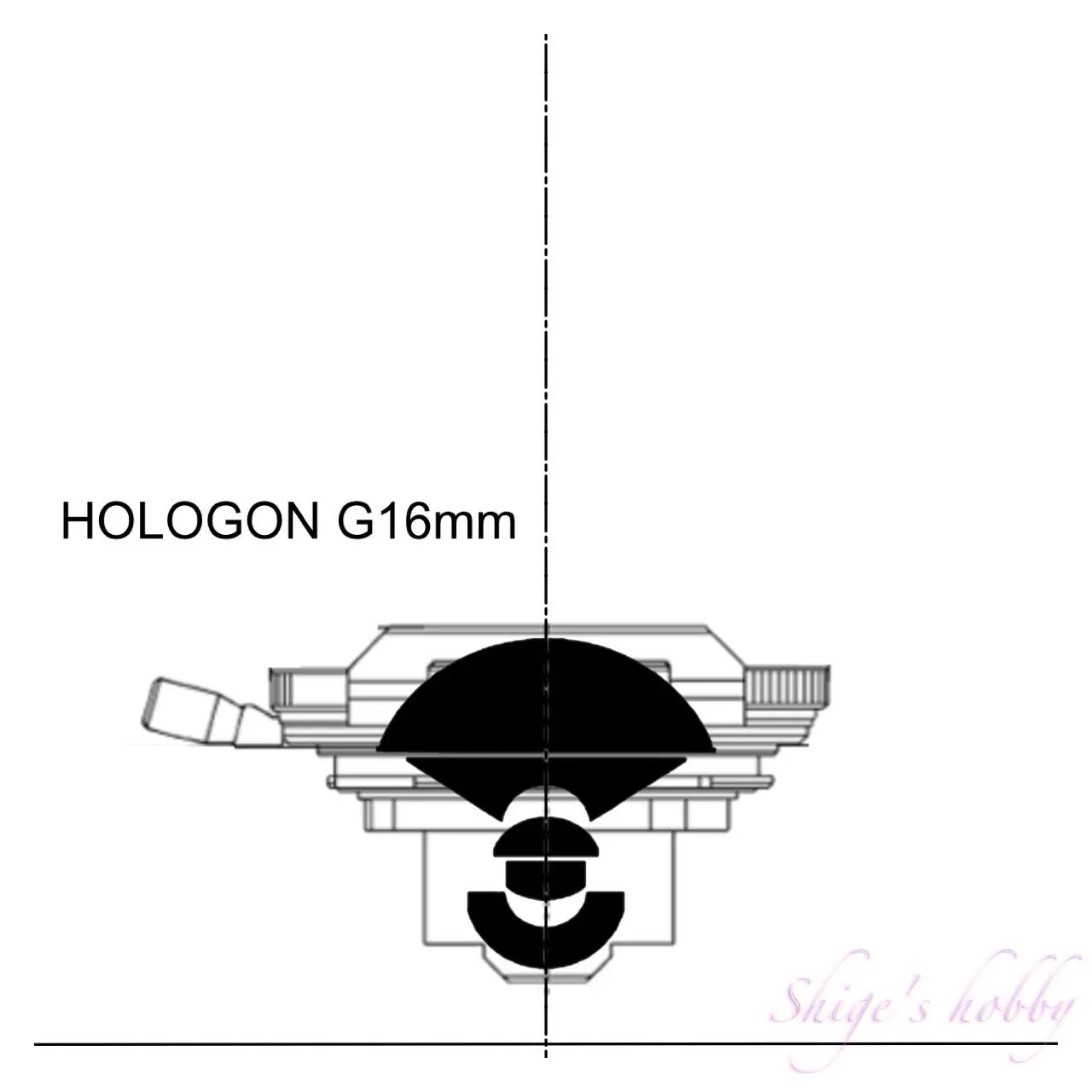

- The lens construction diagrams are quoted from each company’s materials, and the sizes have been adjusted by us, so they are not exact.
| Item | HOLOGON | HOLOGON |
| focal length(mm) | 16.5 | 15 |
| Maximum aperture | 8(fixed) | 8(fixed) |
| Minimum aperture | 16(+Filter) | 16(+Filter) |
| Leaf blade | – | – |
| Lens configuration | 5 elements in 3 groups | 3 elements in 3 groups |
| Minimum distance(m) | 0.3 | 0.2 |
| Lens length(mm) | 11 | – |
| Lens max diameter(mm) | 57 | – |
| Filter type | – Dedicated ND filter | – Dedicated ND filter |
| Weight(g) | 120 | – |
| Hood | なし | なし |
| Lens mount | CONTAX-G | ライカM |
| Release date | 1994 | 1972 |
| Price | ¥280,000 | ? |
Reference links
- Here is a description of the HOLOGON lens from Wikipedia.
- Zeiss Photography Historical Products(There is a data sheet for the CONTAX G lenses in the middle of the linked web page.)
Update history
- 2025.05.22
- 2024.8.1
- 2024.02.15:Update the article
- 2022.01.24:First draft
Affiliate links
- Please see the disclaimer regarding advertising here.
- Italicized links in the text are advertisement links that take you to other sites.

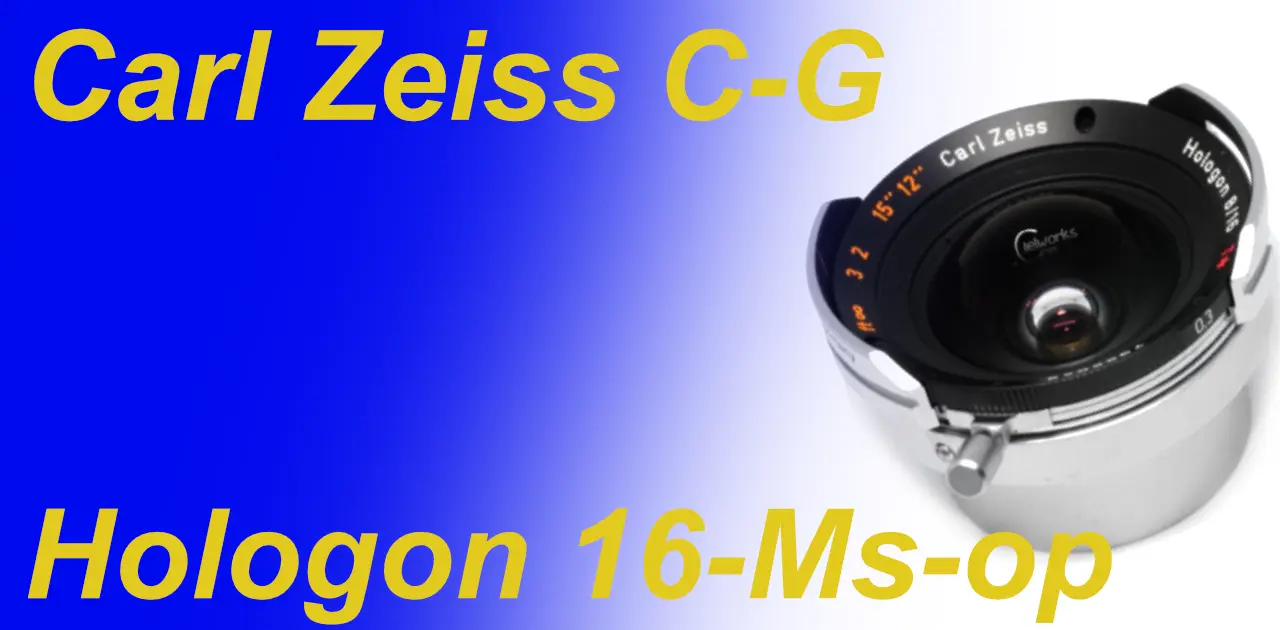

Be First to Comment